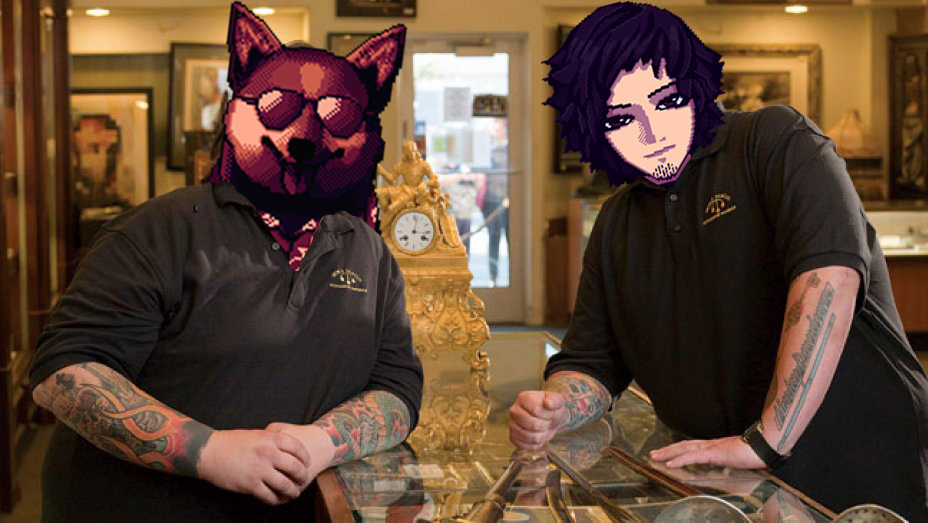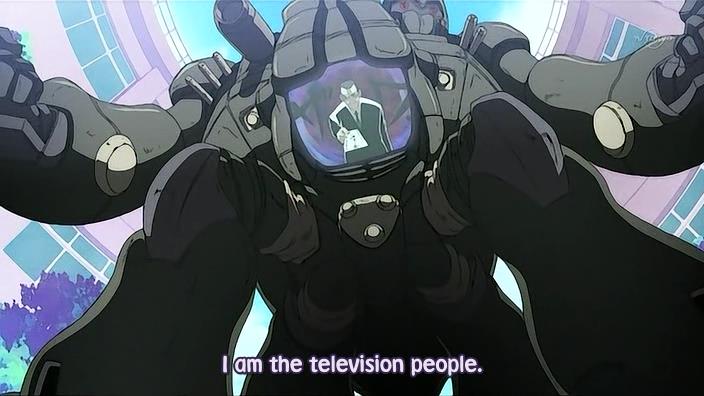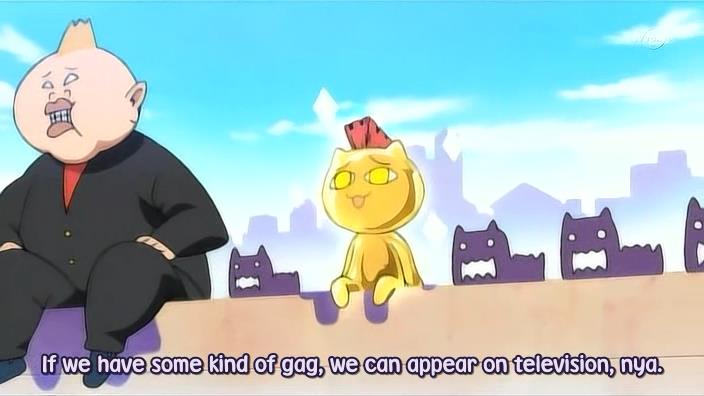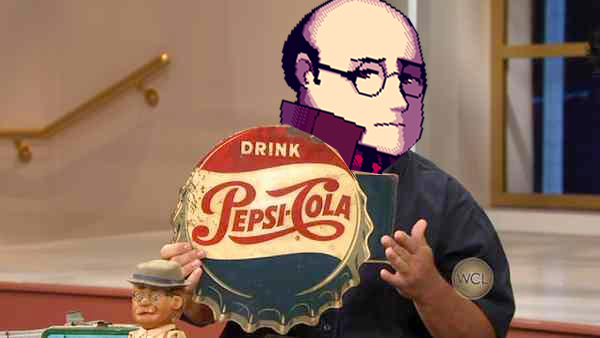
Back in the early development of VA-11 Hall-A’s full version, at a point where we just managed to spit out a demo and were confident enough to start the full version, we ran into a very particular problem.
We knew we wanted to make character-focused plots like with the prototype, but we needed a way to string them all together on an in-game day. We were working on day 1 and we had Donovan, Ingram, and Sei almost fully written but we didn’t know how to contextualize them together.
Then Kiririn just said “Well, how does Pawn Stars do it?”.

At that point in time I always had the TV on with History Channel or similar stations as background noise. A fact Kiririn was well aware of.
Most of my time watching TV consisted of Pawn Stars, the ambiguously gay dudes pestering people to scour through their sheds, the dudes restoring antiques for the Pawn Stars guys, the biker dude that sells cars to the Pawn Stars guys, the one with the Gas Monkey garage, the one where they go into warehouse auctions, the one with the guys making crazy-ass aquariums, the tattoo shows that are not Miami Ink or have the Miami Ink dudes, the one with the shop that sells creepy-ass stuff, Cake Boss… Duck Dinasty if I felt like I hated myself that day… you get the picture.
Those shows (especially the History Channel ones) follow a very specific pattern. There’s always around 3 to 4 sections with the customers, but what happened between them?

That’s where the key for VA-11 Hall-A’s development was.
In those shows they usually set up a running plot at the start of the episode. Someone in the staff breaks something, they have a bet, they want to get a gift for one of them, etc. After setting it up they cut to a customer, only to advance the plot once that’s done. Repeat a couple of times and they’re set for the episode.
And I just took cues from that structure while setting up VA-11 Hall-A.

Take the first day for example: Jill makes Gil clean the bathroom and Dana brings an unconscious Kim. As the day goes further Gil cleaning the bathroom and Kim’s situation gets further developed between patrons and by the end it’s all solved. There’s also the second day, where the plot between customers is Dana getting stuck in Sei’s helmet, a situation we see developed as the day progresses.
It’s not the exact same formula as those shows, since the plots get developed even while the customers are there (Gil screaming while Donovan and Ingram are there or Dana not seeing Dorothy because of the helmet), and as the days advance the plots are less self-contained and are actually carryovers from stuff that happened on past days.
But while setting up the plot, setting, and characters that carry the game on their shoulders, reality television actually gave the right focus to get the ball rolling. By the end we felt so comfortable with the flow we established that we barely paid mind to it and now we know what kind of stuff we can improve from that same flow.
Goes to show you that solutions can come from the most unlikely places.
Deadliest Catch! I knew I forgot about one.


It’s always a pleasure to follow your tip and anecdote about how you created the game. Not only is this interesting, but it give many idea to other artists and show that people behind game are human (well…sometimes).
at first I was skeptical about this but then again, I used to write music by saying nonsense words to a beat and for the longest I used to develop beats by using the first part of “kero kero bonito – flamingo” to random synth chords